installing downdraft in half wall?
deedles
11 years ago
Related Stories

BATHROOM DESIGNShould You Install a Urinal at Home?
Wall-mounted pit stops are handy in more than just man caves — and they can look better than you might think
Full Story
KITCHEN BACKSPLASHESHow to Install a Tile Backsplash
If you've got a steady hand, a few easy-to-find supplies and patience, you can install a tile backsplash in a kitchen or bathroom
Full Story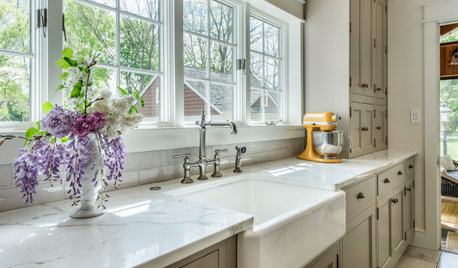
KITCHEN DESIGNHow to Choose the Best Sink Type for Your Kitchen
Drop-in, undermount, integral or apron-front — a design pro lays out your sink options
Full Story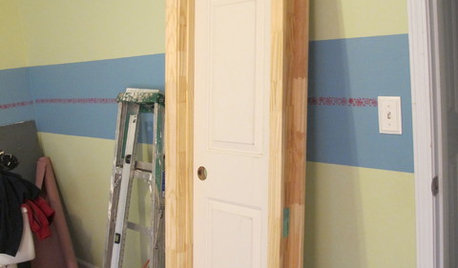
REMODELING GUIDESDIY: How to Install a Door
Homeowners who aren't afraid of nail guns can tackle their own pre-hung door project in a couple of hours
Full Story
HOUZZ TVHouzz TV: How to Install a Rain Barrel
This DIY tutorial shows how easy it can be to capture rainwater from your roof to use in your garden later
Full Story
GREAT HOME PROJECTSHow to Install Energy-Efficient Windows
Learn what Energy Star ratings mean, what special license your contractor should have, whether permits are required and more
Full Story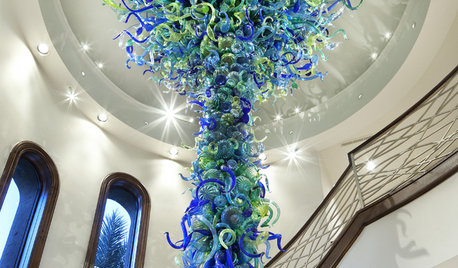
ARTWitness a Fantastic Chihuly Glass Sculpture Installation
Ever wonder what goes into a design that includes a major — and highly breakable — artwork? Here's your chance to find out
Full Story
DOORS5 Questions to Ask Before Installing a Barn Door
Find out whether that barn door you love is the right solution for your space
Full Story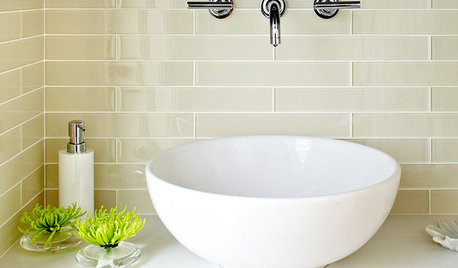
REMODELING GUIDESFinishing Touches: Pro Tricks for Installing Fixtures in Your Tile
Cracked tile, broken drill bits and sloppy-looking fixture installations? Not when you follow these pro tips
Full Story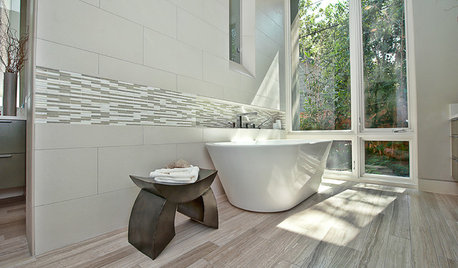
BATHROOM DESIGNHow to Match Tile Heights for a Perfect Installation
Irregular tile heights can mar the look of your bathroom. Here's how to counter the differences
Full StoryMore Discussions







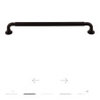
User
deedlesOriginal Author
Related Professionals
Frankfort Kitchen & Bathroom Designers · Lafayette Kitchen & Bathroom Designers · North Versailles Kitchen & Bathroom Designers · Ridgefield Kitchen & Bathroom Designers · Holden Kitchen & Bathroom Remodelers · Normal Kitchen & Bathroom Remodelers · Beaverton Kitchen & Bathroom Remodelers · Linton Hall Kitchen & Bathroom Remodelers · Martha Lake Kitchen & Bathroom Remodelers · Ogden Kitchen & Bathroom Remodelers · Panama City Kitchen & Bathroom Remodelers · Ham Lake Cabinets & Cabinetry · Little Chute Cabinets & Cabinetry · Prospect Heights Cabinets & Cabinetry · Short Hills Cabinets & Cabinetrykaseki
weedmeister
deedlesOriginal Author
kaseki
eandhl
diab123
moebus